Walking in a park, you’ve probably seen dog owners who walk happily with their leashed dogs and others who struggle, push, and stumble. This difference in behavior—though sometimes related to a dog’s nature—often has to do with how well a dog has been leash-trained.
Dog leash training is something of a hit or miss. But if done right, those walks with Fido will be as smooth as ever. To get you on the right track, this article covers the essentials of training your canine companion on the leash.
Dog Leash Training: Why You Should Do It?
Why Leash Training is Essential for Your Dog
Most of us expect our dogs to be naturally “well-behaved.” We expect them to walk properly by our side and do what we ask them to. The truth is that dogs are explorers by nature, and their natural instincts tell them to run, dig, sniff, chew, and chase. Needless to say, this can be a bit of an issue during walks.
With that in mind, it’s important to teach them when they’re still young. This is where leash training plays an important role. To keep them safe on the streets, you’ll want to have certain control over them, and that comes in the form of a leash. After all, nobody wants their furry friend to run straight into traffic or another animal.
Benefits of Proper Leash Training
We’ve established that dog leash training is not an option but a must. To begin with, it allows you to take your four-legged friend on its daily walks with peace of mind. Leash training also helps you to control Fido and work on its behavior and obedience, reducing problems like pulling, lunging, and chasing. Now, your dog may still have the urge to explore, but with a leash, it can do so safely. Plus, it builds mutual trust and understanding.
Preparing for Leash Training
The first step to leash training is preparation. This includes buying everything that you might need for the training, such as getting the right leash, collar, and harness—in addition to essential training tools and accessories.
Choosing the Right Leash and Collar
Types of Dog Leashes
- Standard leash: These are usually made from nylon or leather, measure up to 4 to 6 feet long, and offer reliable control during walks.
- Retractable leash: These leashes can lengthen up to 26 feet, giving dogs more space to explore while remaining under supervision. They have a locking mechanism so that you can adjust the length as needed.
- Adjustable leash: These have multiple loops or clasps that allow you to adjust the length, providing flexibility for different situations.
- Chain leash: Perfect for dogs that tend to chew on their leash, these are made of metal links. However, they can be heavy and uncomfortable for smaller dogs.
- Martingale leash (slip leash): These combine a collar and leash in one piece, and are the perfect dog training leash as they tighten slightly when your dog pulls, providing a gentle correction.
- Double leash: These leashes usually have a single handle and two separate leash attachments, for walking two dogs at once without tangling issues.
- Hand-free leash: Featuring a waistband or shoulder strap, these leashes allow the owner to walk or run with their dog without using their hands, making them popular with runners and hikers.
- Training leash: Often longer than standard leashes (up to 50 feet), these are used for training recall and other commands, giving the dog room to roam while still being under control.
Types of Dog Collars and Harnesses
- Flat collar: This is the most basic type of collar, usually made of nylon or leather, and comes with a buckle or snap closure.
- Martingale collar (limited-slip collar): A collar that tightens slightly when the dog pulls, providing gentle correction without choking.
- Head collar: This collar fits around the dog’s muzzle and head, allowing you to have control by steering the dog’s head.
- Back-clip harness: Moving on to harnesses, this type of harness has a leash attachment on the back, making it easy to put on and comfortable for everyday use. It is ideal if your pup is well-behaved and doesn’t pull.
- Front-clip harness: The leash attaches to the front of the dog's chest. This design discourages pulling by turning your dog towards you when it pulls.
- Dual-clip harness: Features leash attachment points on both the back and the front, offering versatility for different training needs and activities.
Essential Training Tools and Accessories
- Treats: Rewards encourage our four-legged friends to train and perform better. With every new step and every new length walked, your pup will expect a much-deserved yummy treat.
- Clicker: A clicker can be used to mark the exact moment your dog performs the desired behavior, making training more precise and effective.
- Training whistle: You’ll need a whistle for recall training and getting your dog's attention from a distance.
- Target stick: A target stick helps guide your dog and can be useful for teaching specific commands and behaviors.
Steps to Start Leash Training
Getting Your Dog Comfortable with the Leash
Introducing the Leash and Collar
Puppy leash training can be a bit confusing in all of its stages, including when you’re introducing the leash, collar, and harness. In many cases, your pup’s first reaction will be to reject them. Luckily, you can overcome this by introducing a treat. Use the treat to lure its head through the neck hole. Give your dog an extra treat once the whole process of putting on the harness and leash is done.
Positive Reinforcement Techniques
Treats, toys, and praise are your best friends during the dog leash training process. Every time Fido does something worth rewarding, introduce a treat or a toy. But remember, you don’t want to fully rely on treats and toys. Once your dog starts advancing with the training, start replacing some of the treats with words of praise. You’ll want them to get excited by your words as well and not fully rely on physical rewards.
First Steps: Walking Indoors
Effective leash training starts indoors. Large, open-air areas are too distracting for any dog and their focus will easily shift from the training to their surroundings. The aim here is to keep your dog by your side at every step you take. Try standing in a small room with your dog on a leash, and take a small step in any direction. Each time it follows you, reward it with a treat and a “good girl” or "good boy.”
Keep doing this in every direction possible. Once you’re positive that your pup is staying by your side in all directions, you can move to bigger spaces.
Techniques for Effective Leash Training
Teaching Basic Commands
Sit, Stay, and Heel
Teaching basic commands like “sit,” “stay,” and “heel” are essential in dog leash training. Keep in mind your dog will never learn how to remain close to you unless it stops when you ask it to.
Once your dog graduates from indoor training, you can move on to the great outdoors. During your walk, command your dog to “stay” while holding a snack in your hand. Your dog will probably try to pounce and grab the treat. Wait for it to calm down before introducing the treat. Keep this up and your dog will learn to listen to your commands.
Handling Pulling and Lunging
Stop-and-Go Method
At first, you’re going to have to deal with a lot of pulling and lunging. These behaviors won’t stop unless you teach your dog otherwise. A simple leash training tip is to stop walking when Fido starts pulling. Your canine companion will see that you’re at a halt and will stop or move towards you.
Changing Directions
Still not sure how to train a dog not to pull on a leash? Try doing a 180-degree turn. When you completely change your direction, your dog will have no choice but to stop pulling. From there, you can regain control. Remember not to pull too hard to avoid hurting your furry friend.
Advanced Leash Training Tips
Training for Distractions
Training your dog to handle distractions, such as other dogs and people, is key to a safe and enjoyable walk. Start with basic commands like “sit,” “look at me,” and “leave it” in a controlled environment with minimal distractions. Gradually introduce controlled distractions like more people or an extra toy or two on the way, and reward your dog with treats and praise for maintaining focus. It might take time, but your dog will be more obedient in the long run.
Leash Training for Puppies vs. Adult Dogs
It goes without saying that whether you’re learning how to teach a puppy to walk on a leash or how to leash train an older dog, the end goal is the same—but the two are completely different processes. As the parent of a puppy, you’ll need to establish new habits and focus on short yet frequent sessions, as puppies have short attention spans.
If you have a senior pooch, however, you’ll need to work hard on correcting established behaviors. This calls for a lot of patience and consistency. Luckily, adult dogs have longer attention spans, so you can do longer and more focused leash training sessions more often.
Leash Training for Rescues
If you’re one of the heroes who adopted a rescue dog, you have to know that leash training will require a little more effort, but will end up with amazing results. Training a rescue dog to walk on a leash should start in a quiet, distraction-free area, where the dog can get comfortable with the leash and collar.
Gradually introduce more challenging environments while maintaining a calm, consistent approach. Be patient, build trust, and use positive reinforcement and a lot of snacks when leash training your rescue dog; it might need extra time to adjust due to its past experiences.
Conclusion
Is dog leash training the easiest task? No. Is it as hard as you might think? Also no. If done right, you’ll be reaping the rewards for years to come. With our leash training tips to guide you, you’ll have a clear roadmap to work with. You’ll need patience, consistency, and quite a lot of treats. Before you know it, you and your four-legged will be enjoying smooth strolls around the neighborhood.

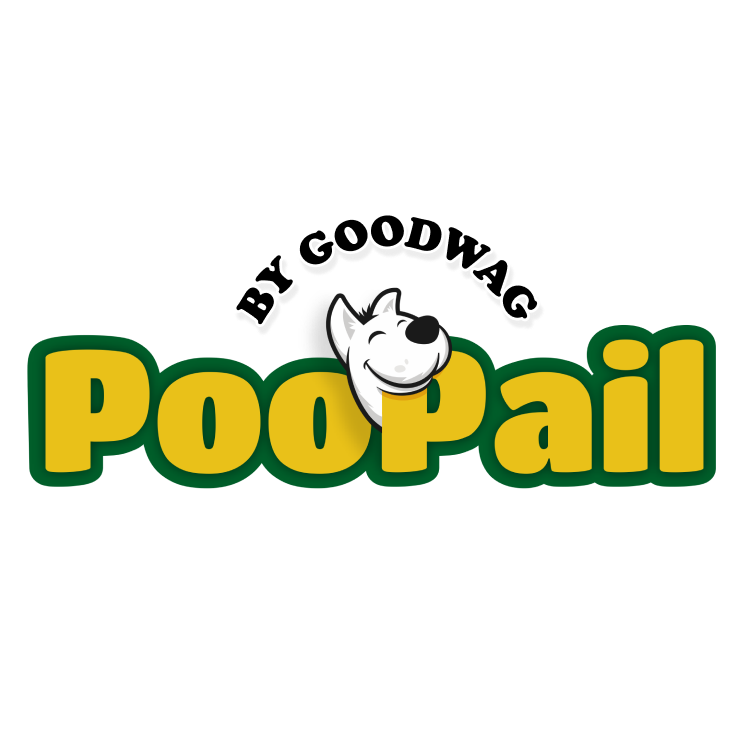
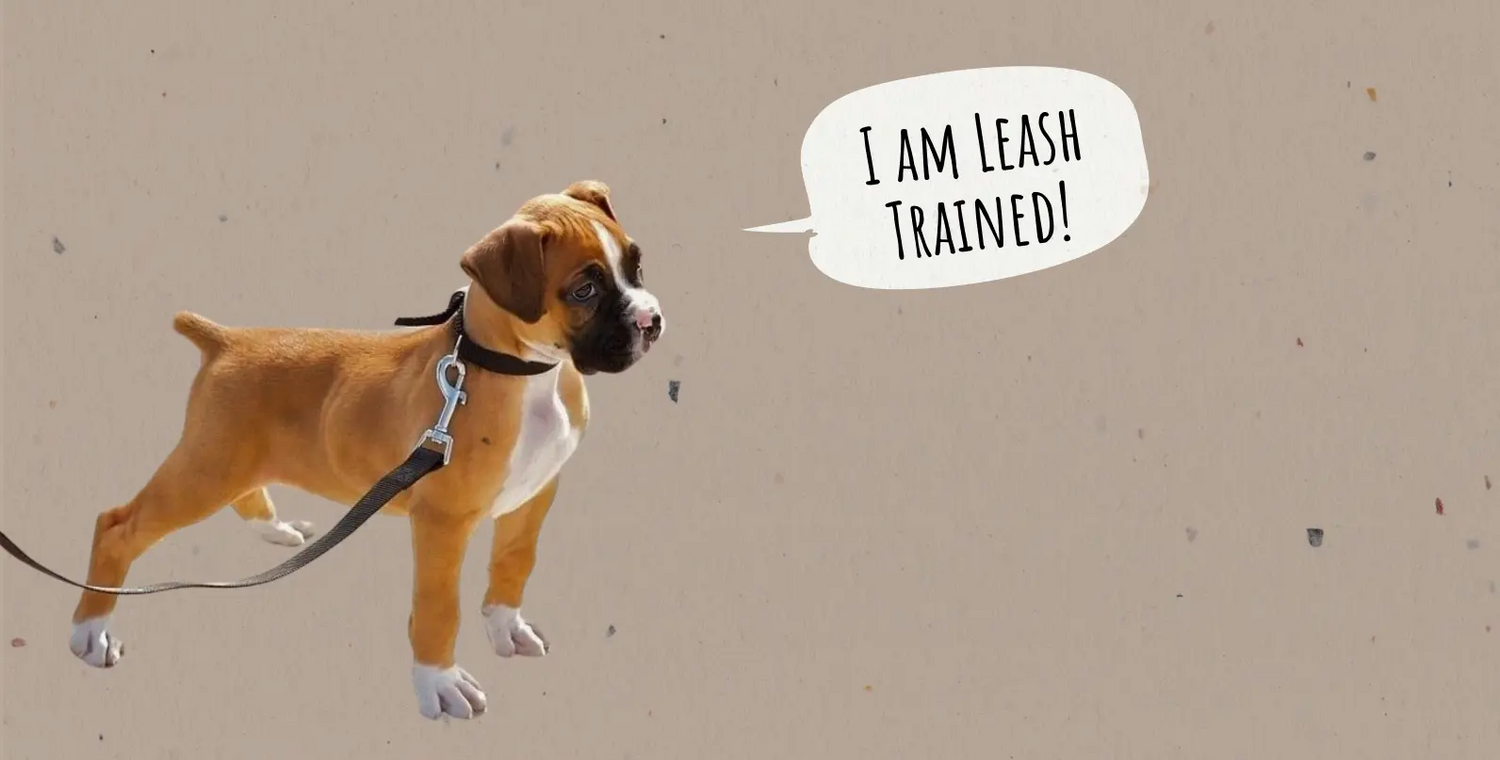

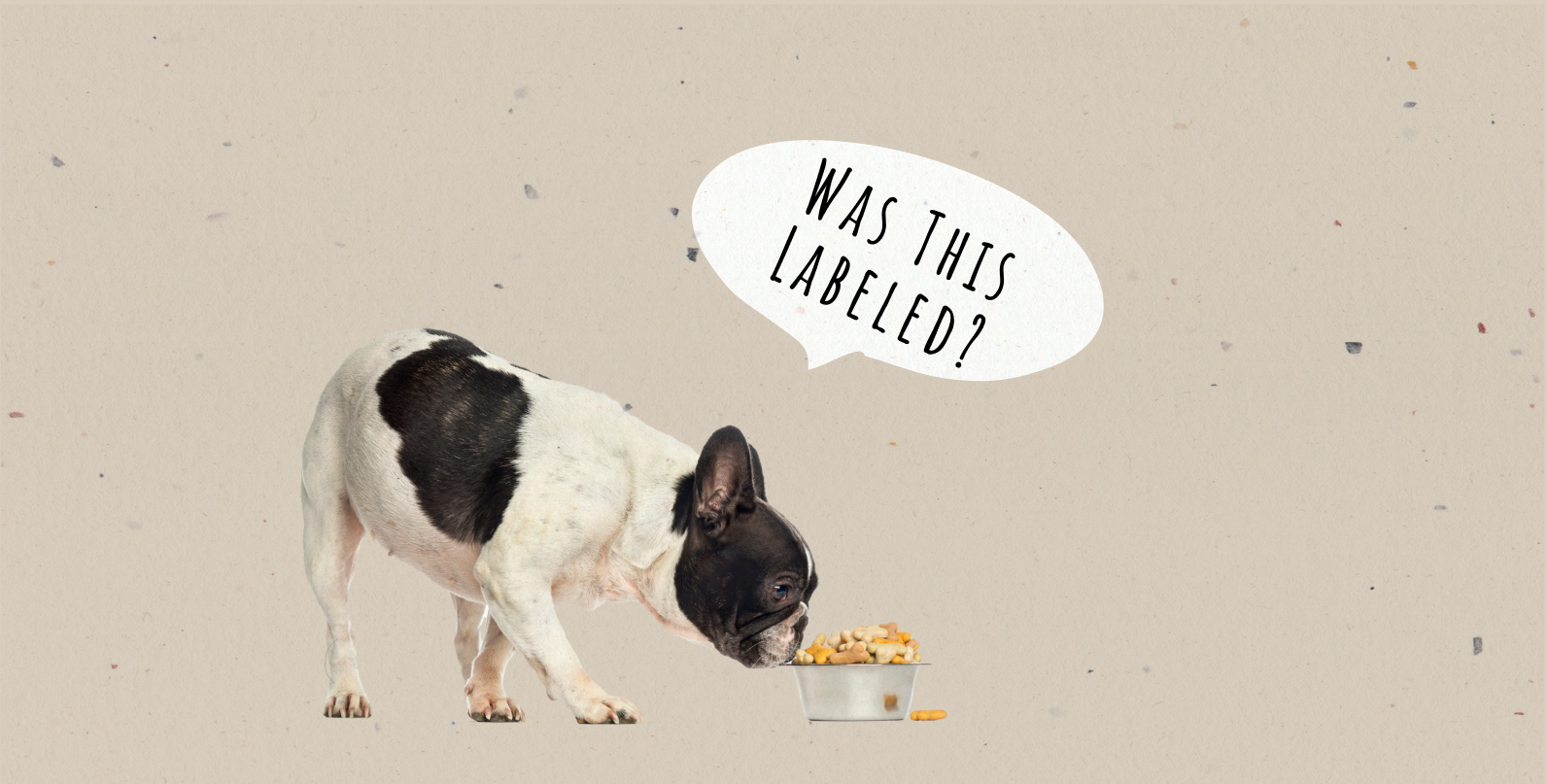
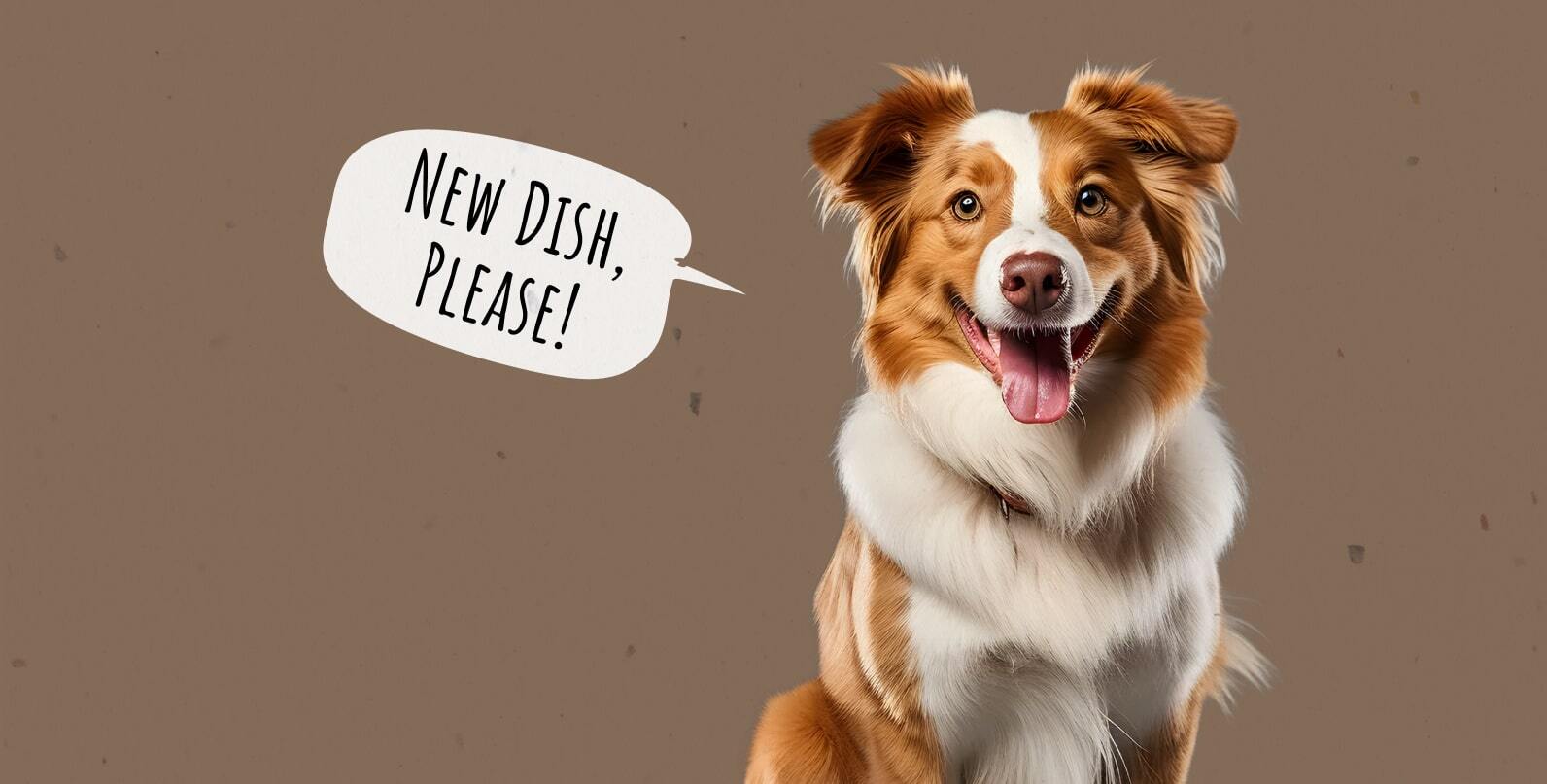
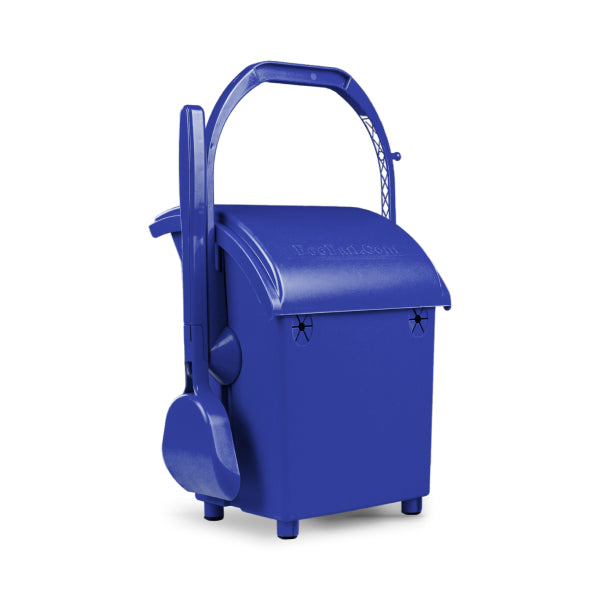
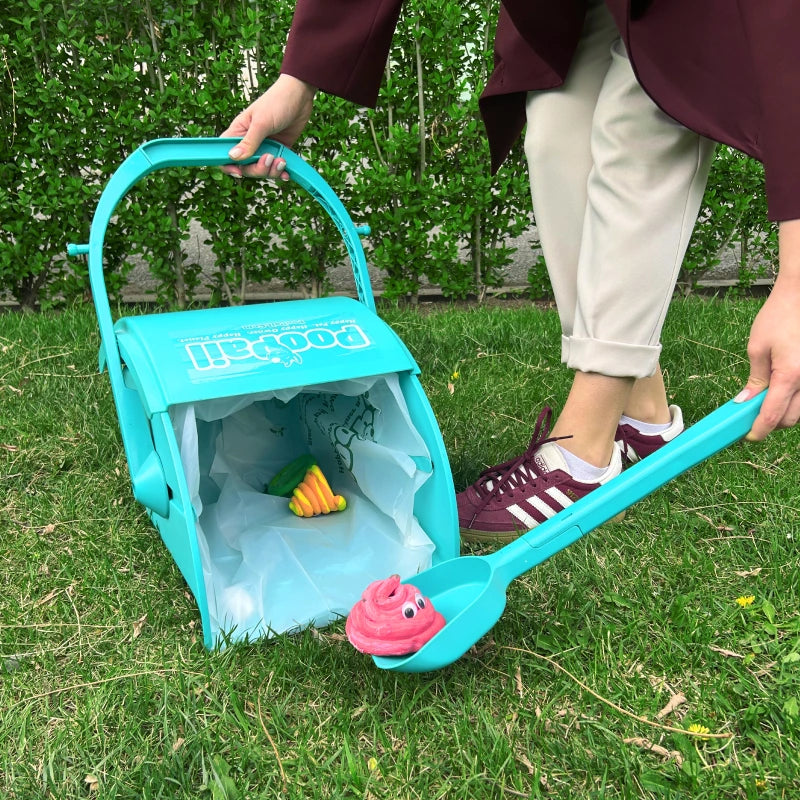








Leave a comment
This site is protected by hCaptcha and the hCaptcha Privacy Policy and Terms of Service apply.